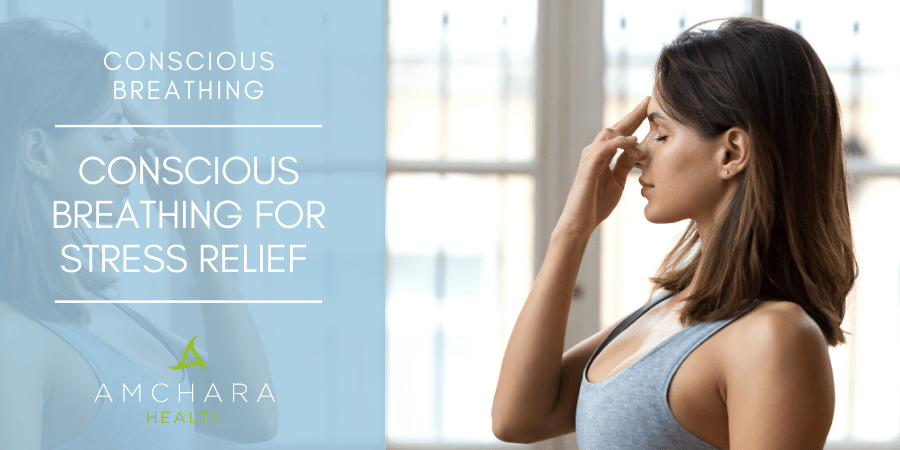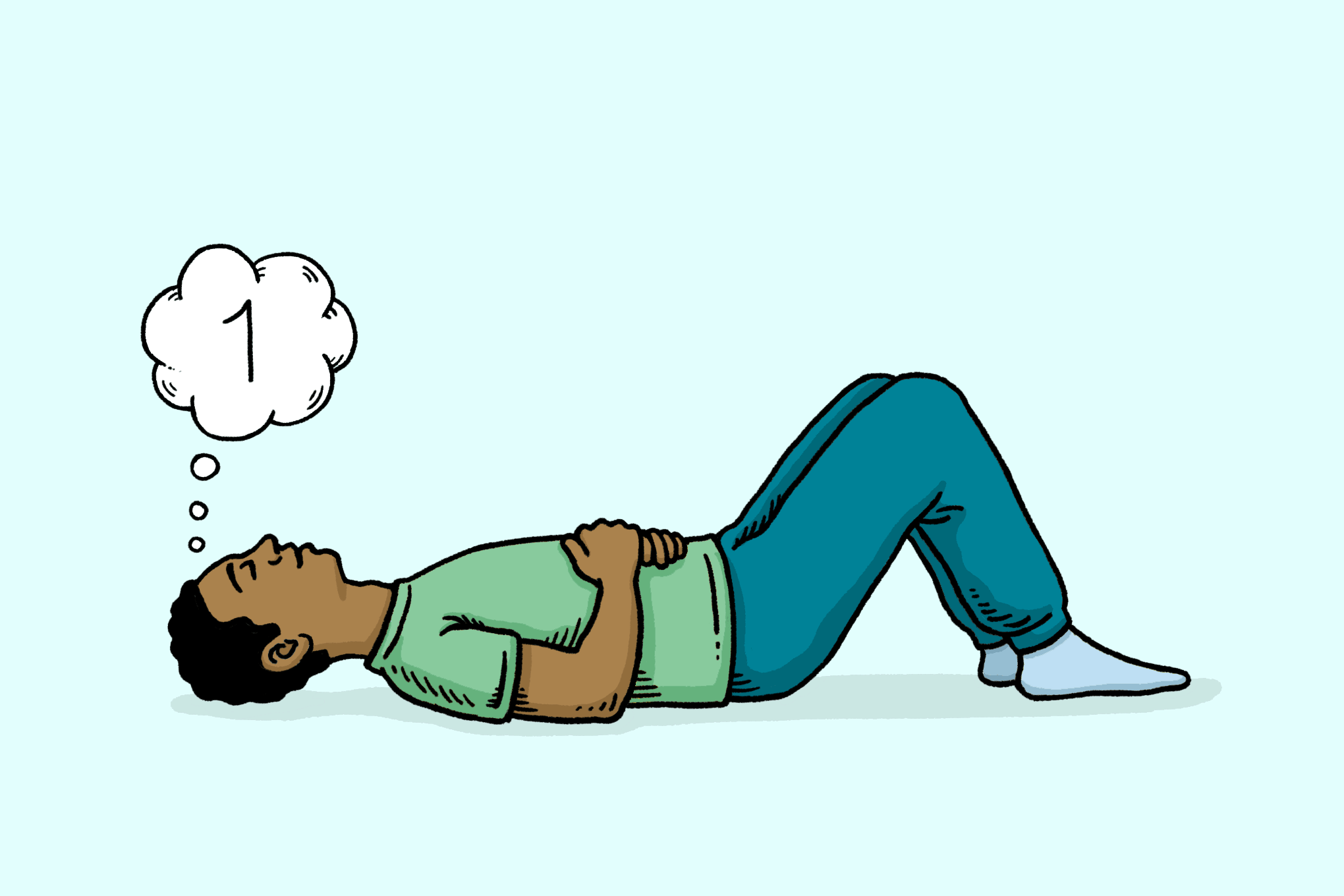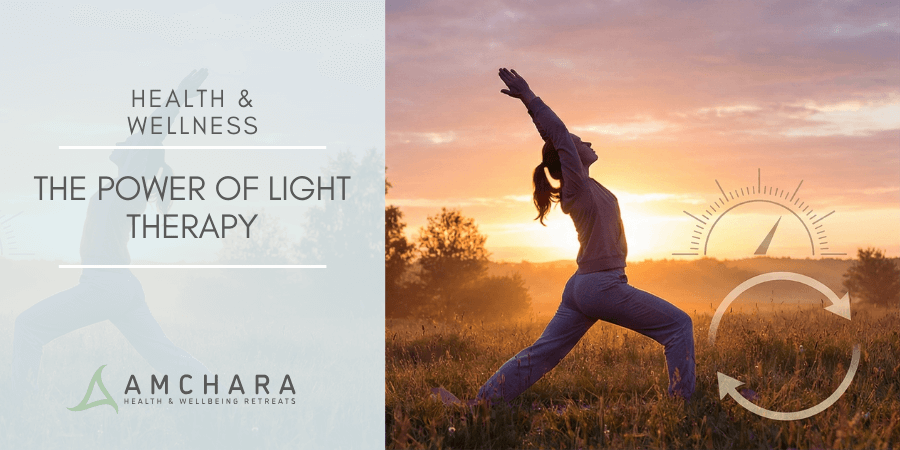How often do you concentrate on your breathing? Many of us don’t give our breath a second thought, which is astounding considering breathing is vital to life. You are breathing as you are reading this article, but take a moment to consider the quality of your breaths.
We always take an evidence-based approach and aim to provide you with actionable knowledge and tips to help you on your journey to optimal health.
In this article we’ll take a closer look at breathing and stress and how to breathe consciously.
A word about breathing
The act of breathing draws air into your lungs, which then diffuses over their incredibly large surface area into the bloodstream. In this way the oxygen in the air can travel around your body to be delivered to your cells. Each one of your body’s cells needs oxygen to survive, as it’s required to utilise the energy stored from the food you eat.
Although we all naturally breathe at a slightly different rate, on average you take around 20,000 breaths each day. Breathing is unusual in that it is both voluntary and involuntary – you still breathe when unconscious, but you can consciously control your breathing if you choose to. Thought processes can also influence your unconscious breathing pattern.
Rapid vs deep breathing
Breathing is normally under unconscious control, directed by a part of the brain known as the brainstem, located at the base of the brain and connecting the brain with the spinal cord. The brain stem controls the movement of messages between the body and the brain.
We all know we tend to breathe more rapidly and take shallower breaths when stressed or anxious. But as adults, in today’s fast-paced society, we tend to constantly breathe more shallowly than when we were younger. Children, babies and animals at rest naturally breathe deeply, taking long breaths using the capacity of the lower lung.
When breathing in this way, the stomach naturally rises and falls with each breath. As we become older, most of us revert to short, shallow breaths high up in our chests. This is how we’re programmed to breathe in the face of stressful situations, but many of us are breathing like this all the time.
Breathing and stress
Many people don’t deal with stress effectively and may turn to stimulants, such as coffee and alcohol or prescription drugs like antidepressants, or recreational drugs; these may seem to superficially mask stress, but don’t address it or deal with it.
When you breathe rapidly and shallowly, your breathing triggers the sympathetic nervous system, part of the ‘fight or flight’ stress response, which kicks in to enable you to escape a dangerous situation or fight a predator. On the other hand, slow deep breathing activates the parasympathetic nervous system, involved in your ‘rest and digest’ response. This opposes the sympathetic response and calms you down.
The vagus nerve runs from the base of your brain to the abdomen and its role is to put the brakes on the stress response. It affects the function of the heart, lungs and digestive tract. Vagal tone refers to activity of the vagus nerve, and if the tone of the vagus nerve is low, it means you can’t adapt well to stressful situations.
When you breathe deeply, the vagus nerve tells your heart rate to decrease. Deep breathing has been scientifically demonstrated to reduce blood pressure (1), as well as regulating your digestive system and reducing heart rate.
The vagus nerve can also help support your immune system because activation of the sympathetic nervous system reduces overactivity in the immune system. One study found a combination of meditation and deep breathing reduced pro-inflammatory chemicals and improved immune system function (2).
What is conscious breathing?
Put simply, it’s the practice of breathing with awareness and intention, while paying attention to your inner experience; because it’s possible to take conscious control of your breathing, you can positively influence your response to stress by utilising breathing techniques.
Practiced regularly, conscious breathing can help develop the skill of relaxation, even during anxiety-producing situations.
In many ancient practices such as yoga and meditation, breath work is an important element.
Breathfulness: the new mindfulness?
Conscious breathing workshops are becoming increasingly popular. They aim to address anxiety, help participants to manage stress and even deal with addictions. Conscious breathing is being taught in studios, corporate offices and even parliament.
Breathing effectively brings extra oxygen to the body’s cells. As well as reducing anxiety, conscious breathing has been shown to promote restful sleep and release past trauma – it’s believed deep breathing can allow you to access deeper parts of your consciousness.
Most people underestimate the power of breathing mindfully. At the end of a session, participants typically report feeling calm, sometimes light-headed, but also connected with their inner self. They go away with a feeling of positivity and significantly improved wellbeing, even after just one session.
Breathing and emotions
Scientists are finding emotions and breathing are closely linked. It appears each emotion is typically accompanied by a specific type of breathing.
In an interesting study, participants were asked to conjure up various emotions, namely joy, anger, fear and sadness. When they did this, researchers analysed their breathing rate, depth of the breath and which parts of the lungs they used. They found the breathing patterns associated with each emotion were similar in all the volunteers.
Researchers used this information to compile a list of breathing instructions, and gave them to a second group of volunteers, who were asked to breathe according to the instructions. The breathing patterns created the different emotional responses in the second group of volunteers, who weren’t told the nature of the experiment (3).
Although emotions are complex, awareness of your breathing seems to be one method by which you can potentially control your emotional response to a situation.
Breathing, stress and the brain
Science has discovered the rhythm of breathing changes the activity of brain cells in areas of the brain connected with emotions, memory and our sense of smell. So rather than simply being a passive source of oxygen, breathing can actively affect cells within brain regions and influence their activity.
By measuring breathing rate in one study, scientists examined brain waves in the area of the brain involved in processing olfactory information, and sending it to other brain regions. They found these brain waves were synchronised with, and affected by, the speed of breathing.
The part of your brain involved in behaviour and emotional response, particularly behaviours developed for survival, such as the fight or flight response, is called the limbic system. Two of the major structures in the limbic system are the hippocampus and amygdala, and these are the main areas influenced by breathing.
The hippocampus is where memories are formed and sorted to be filed away in long term storage elsewhere in the brain. The amygdala plays a role in emotional responses such as anger and pleasure, but especially fear and anxiety. This area also connects emotions to memories, and memories with a strong emotional content tend to be retained. Fear, in particular, tends to cement a memory into the brain, an adaptation designed to help avoid dangerous and fearful events in the future.
In another study, volunteers were asked to identify emotions in pictures of human faces, while another group undertook a memory task. When they were breathing in, volunteers identified fearful faces more quickly than when they were breathing out. The same didn’t apply to surprised faces. Memory scores were better while breathing in than they were when breathing out (4). Researchers found the participants’ brain waves were synchronised following the in-breath, and were less so when they breathed in through the mouth rather than their nose.
It therefore seems breathing affects emotional recognition of expressions as well as memory recall. We are better at these skills when breathing in, and most marked when using the nose to inhale. When we breathe quickly we spend proportionally more time inhaling, so we can see how in this way stress can affect our thought processes.
The relationship between brain activity and breathing makes sense if you consider that when a brain region becomes active it needs extra oxygen, so you need to breathe more rapidly. When you are scared or feel threatened, you need to process information in a way that will enable you to react quickly and deal with the situation. Breathing quickly can improve accuracy of recognising visual objects which may pose a threat.
Although these are fascinating changes in patterns of breathing in response to stress, we can also see how breathing too rapidly constantly primes the body to be on red alert.
(Image: Andrew Rae / nytimes.com)
How to breathe
Conscious breathing is very simple. Find a comfortable place to sit or lie. Take notice of and value your breath, which is after all central to your being.
Firstly, concentrate on breathing using your abdomen rather than your upper chest. If you’re sitting, make sure you sit up straight. Put one hand on your belly and one on your chest. Breathe in slowly and deeply from your diaphragm. Your belly should raise while the hand on your chest should remain stationary. Then breathe out through pursed lips.
Then try to breathe so the hand on your chest raises. Feel the contrast so you can remember to practice belly breathing rather than chest breathing.
In order to strengthen your core breathing muscles, lie on your back and place a heavy book on your belly. Take a deep belly breath so the book rises up. Repeat several times, adding heavier books as your muscles become stronger.
Many breathing exercises involve counting your breaths in order to regulate your breathing rhythm, so once you’ve mastered breathing with your diaphragm, you could move on to 4-7-8 breathing.
This technique involves breathing in through the nose for the count of four seconds, holding the breath for the count of seven and breathing out for a count of eight. The trick is to make your exhalation longer than your inhalation, so avoiding the brain responses associated with the stress response.
Takeaway
Conscious breathing can be practiced in only a few minutes and can help you relax when faced with a stressful situation, and improve mental focus.
If you would like further support in managing your response to stress, a consultation with an Amchara Personalised Health practitioner can guide you towards making lifestyle and nutritional choices, including breathing techniques, to encourage your body to switch out of the fight or flight mode. Combining this with a relaxing stay at a health retreat can kickstart your journey to achieving your health goals.
We believe sharing knowledge and experience is an important part of achieving optimal health and would love to hear your views and experiences. Gaining your insight helps us to help others.
Have you tried conscious breathing?
Please leave your thoughts in the comments.
Read this next:






